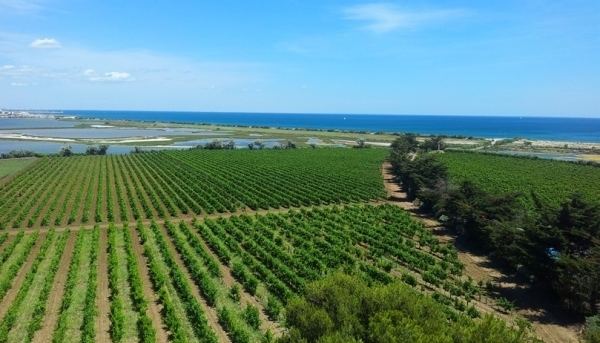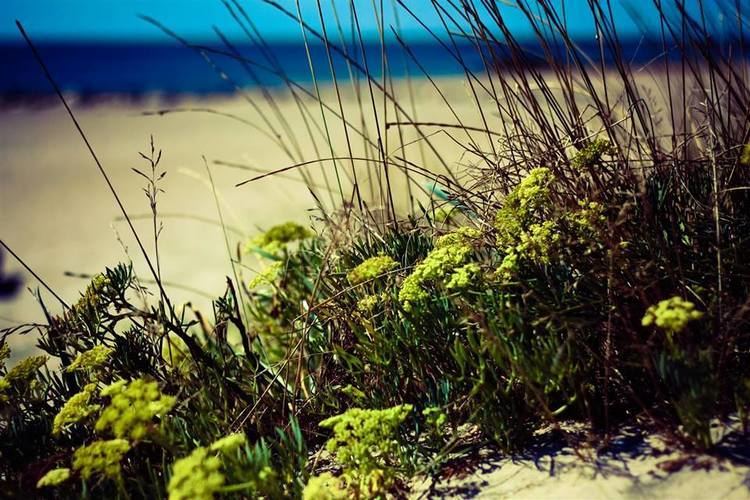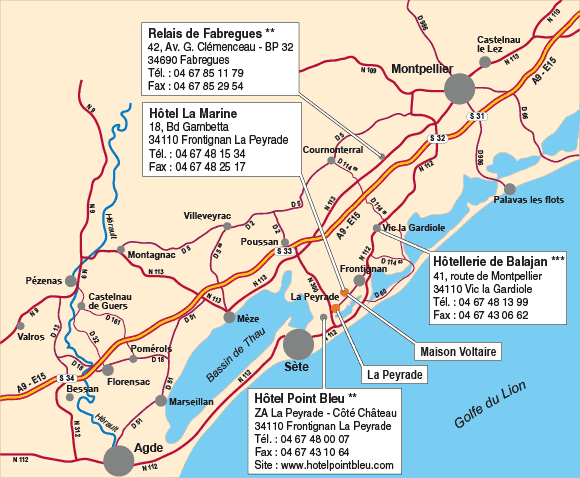Country Region Languedoc-Roussillon | Area 23,169 Mayor Pierre Bouldoire (PS) | |
 | ||
Map of Frontignan
Frontignan-la Peyrade ([fʁɔ̃tiɲɑ̃ lapɛˈʁad]; Occitan: Frontinhan) is a commune in the Hérault department in southern France.
Contents
- Map of Frontignan
- Kitesurf a frontignan session hivernale janvier 2015
- Coupe de france qwan ki do combat entente frontignancarnoux
- Geography
- History
- Population
- Sights
- Economy
- Culture
- International relations
- References

Frontignan is renowned for its AOC wine, the Muscat de Frontignan, a sweet wine made solely from the Muscat grape variety.

Kitesurf a frontignan session hivernale janvier 2015
Coupe de france qwan ki do combat entente frontignancarnoux
Geography
Frontignan is located in the Languedoc coastal plain between the towns of Sète and Montpellier.
The town is surrounded by the Gardiole mountain range in the north, the Ingril lagoon in the east, the Étang de Thau in the west and the Mediterranean shore (including the beach resort Frontignan-Plage) in the south.
The Rhône-Sète canal separates the inland town centre and Frontignan-Plage.
History
Population
In 1800, Frontignan was home to around 1400 individuals. Until the 20th century, Frontignan had a population of less than 4000. In 2008, there were over 23,000.
Sights
Economy
Until the early 20th century the local economy was based on the production of marine salt and wine. Later petro-chemical and chemical industries predominate with a steady decline in the 1980s. The oil refinery that opened in 1900 was converted to a simple depot in 1986.
Since the end of the 20th century, modern fisheries and high-tech plastics take over. Seasonal tourism is a dominant part of the local economy.
Important businesses in Frontignan include:
Culture
International relations
Frontignan is twinned with:
